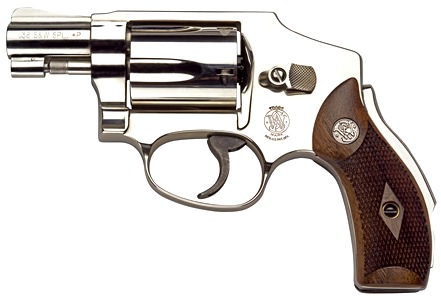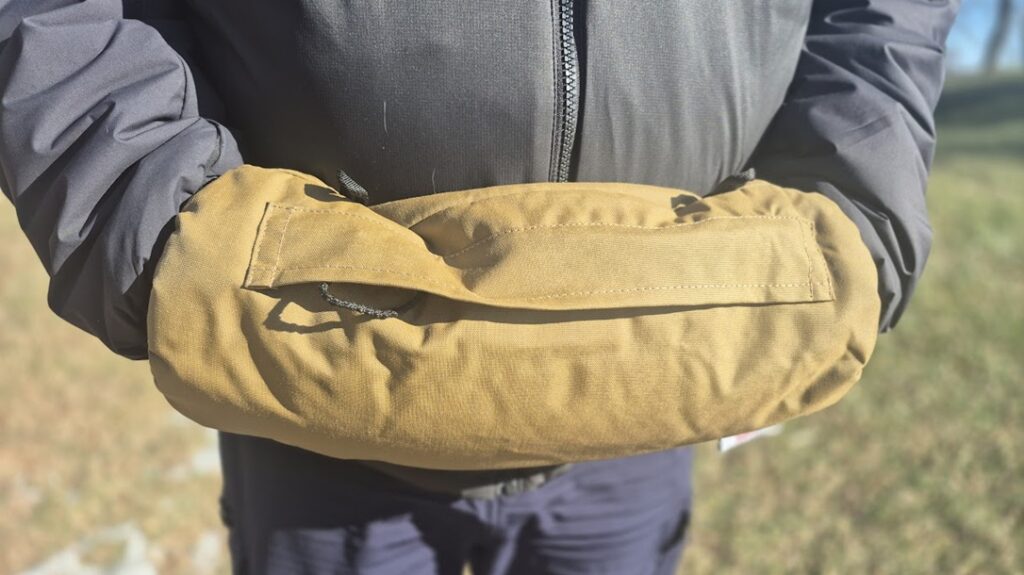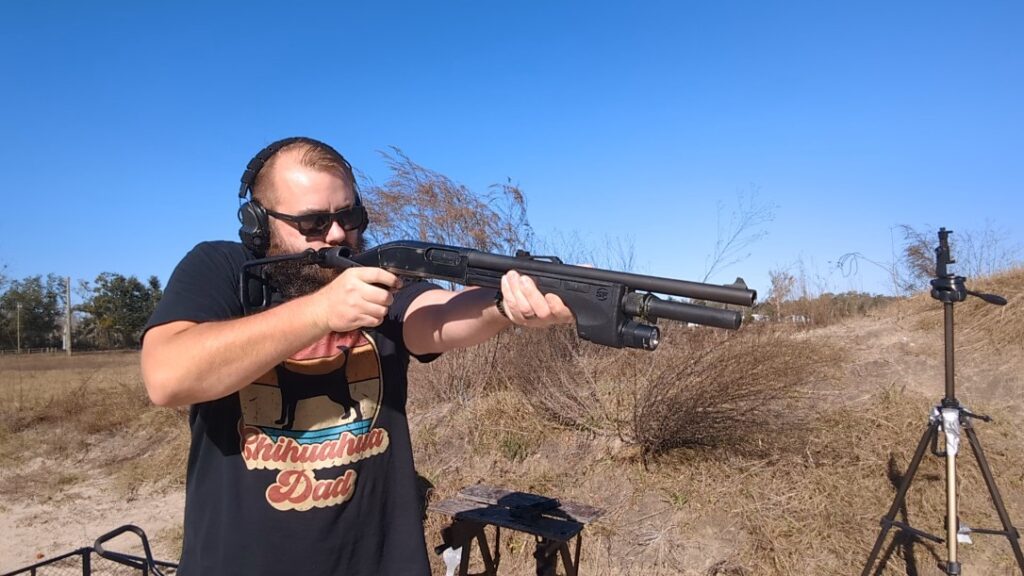Have you ever read a book and had the writer describe a character flicking the safety off of a revolver? Maybe it’s been a piece of dialogue in a terrible action flick. Or maybe they pull the revolver, and you hear the click of the safety disengaging, and you know it’s a safety because your wife can’t watch TV without subtitles. If you’re new to guns, you might not realize that the vast majority of revolvers have no form of manual safety.
In fact, in the modern era, most handguns these days don’t have a manual safety, but revolvers especially lack safeties and practically always have. That doesn’t mean you can’t find a revolver with a safety. It just means it’s going to be fairly hard to do so. That being said, let’s explore the idea of a manual safety on a revolver, highlight some actual examples, and why revolvers, by and large, don’t have manual safeties.
The Safety You Can’t See
First and foremost, almost all modern revolvers do have a safety device. If you don’t look, you can’t see it, and it’s a transfer bar system. Modern revolvers have something called a transfer bar. A transfer bar removes the firing pin from the hammer and places it on the frame of the gun. Between the hammer and the firing pin sits something known as a transfer bar.
Advertisement — Continue Reading Below
If you look at your revolver, the hammer can’t quite reach the firing pin. It needs an extension. The transfer bar is that extension. When the trigger is pulled, the trigger presses the transfer bar upwards, and the hammer strikes the transfer bar, which then strikes the firing pin and fires the gun.
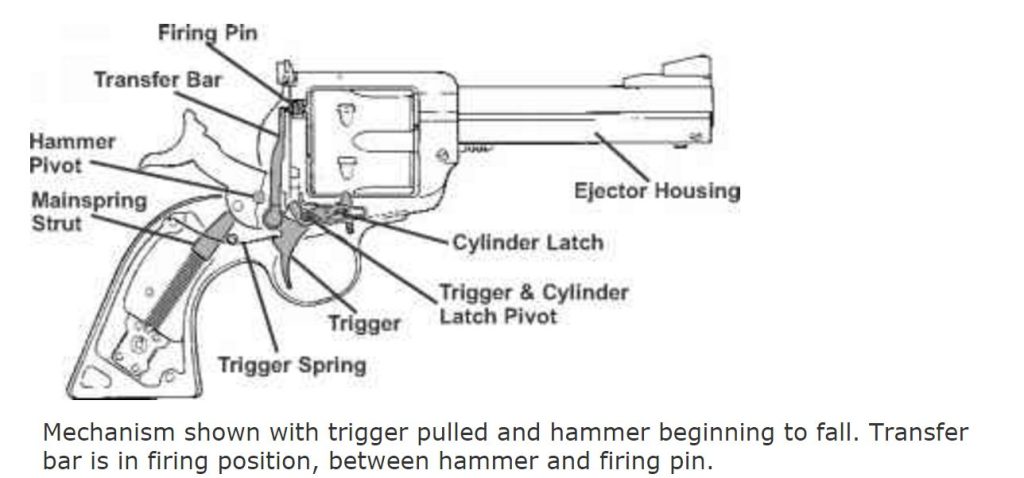
If the trigger is not pulled, the gun cannot fire. This safety prevents the weapon from firing unless the trigger is pulled. This makes them drop safe and much safer than revolvers of old. Carriers of guns like the Colt Single Action Army used to keep the hammer down on an empty chamber before the transfer bar existed. In the vast majority of modern revolvers, the transfer bar system is a safety device.
Advertisement — Continue Reading Below
With that said, I have seen some replicas of older revolvers, like the Colt SAA, that lack the transfer bar, so keep that in mind.
Some Revolvers Have a Manual Safety
Some revolvers do have external safeties. The only current production revolver I know of that has an external safety is the Heritage Manufacturing Rough Rider revolver. These ber cheap rimfire revolvers are popular first guns, and there can be an argument that new, especially young, shooters can benefit from a manual safety. These are certainly not defensive revolvers.
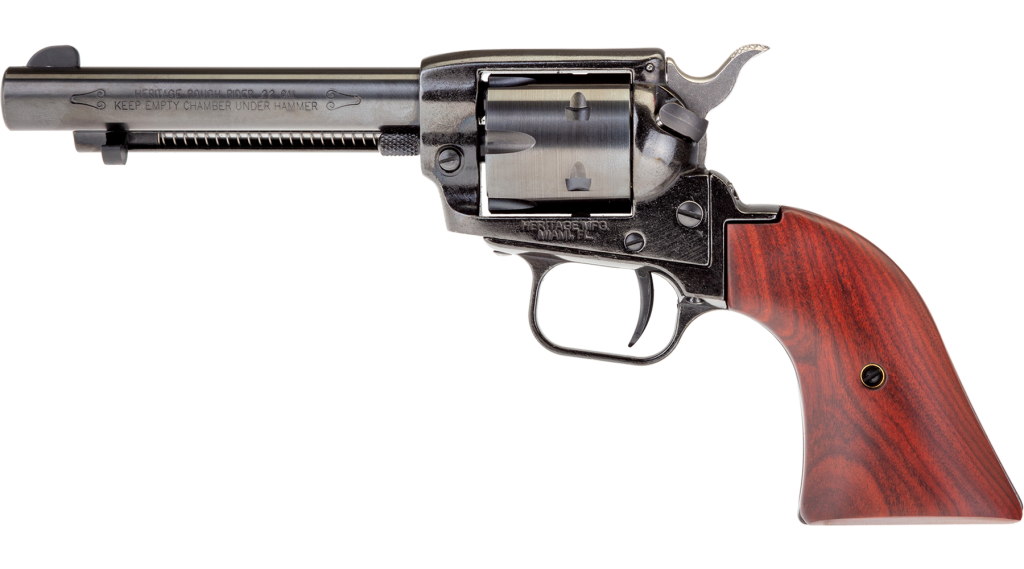
Advertisement — Continue Reading Below
S&W released a revolver called the Centennial in the 1950s. The Centennial, oddly enough, has a grip safety. This was the first and last time we saw S&W use a grip safety on their revolvers. It seemed like an odd design choice and was one that was quickly let go.
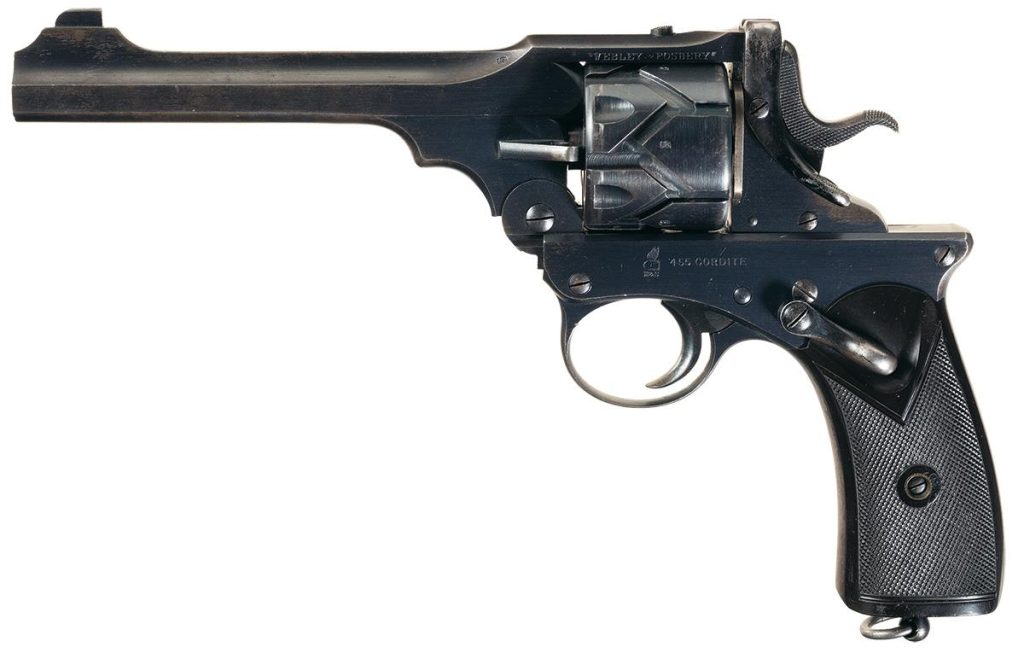
Way back in 1895, Webley-Fosbery released a semi-auto revolver known as the Weblet-Fosbery Self-Cocking Automatic Revolver. It was a recoil-operated revolver that automatically cocked the gun to single action with every shot. Because it self-cocked and had a single action trigger, it was fit with a manual thumb safety.
Advertisement — Continue Reading Below
Why Don’t Modern Revolvers Have Safeties?
Why don’t we see modern defensive revolvers with safeties, especially a manual safety devices? Mainly because they aren’t needed. A modern defensive revolver is a double action design, and the long heavy trigger pull is a safety device unto itself.
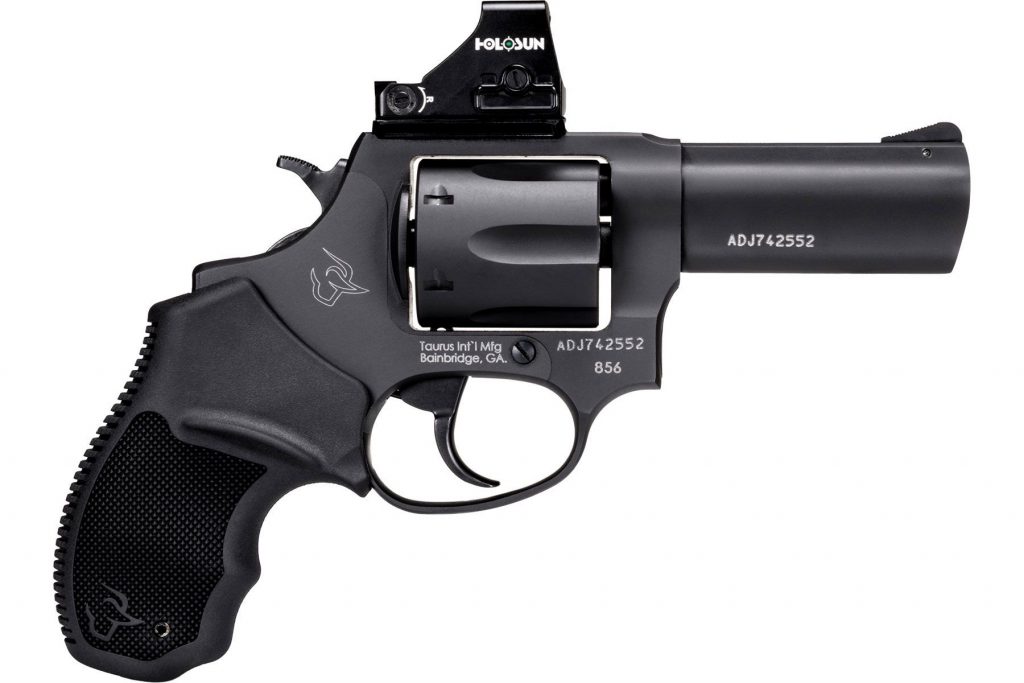
If you are capable of following the four rules of firearm safety, a revolver with a manual safety seems silly. Keep your finger off the trigger until you’re ready to fire. Make sure your revolver has a transfer bar. Use a holster that covers the entire trigger of the revolver. Boom, if you can do that, you don’t need a manual safety.
Advertisement — Continue Reading Below
